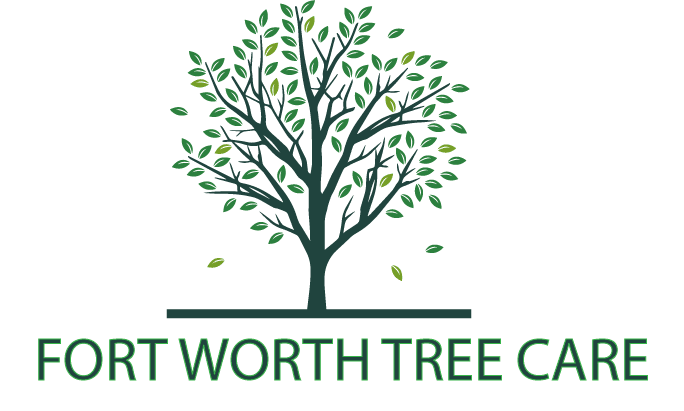Grape Phylloxera
Grape Phylloxera Treatment in Fort Worth
Grape Phylloxera - Tree Disease

What causes Grape Phylloxera?
Texas has quickly become a famous wine-growing locale in the United States and numerous grape vines flourish in Fort Worth and the North Texas territory both in little vineyards and individual home outside environments. Vitis vinifera, a grape variety which originated in Europe and is common in the Mediterranean, is notable to tree care professionals and most famous grape all through Texas and the DFW metroplex.
Certified arborists are incredibly proficient about this grape variety on the grounds that, unfortunately, this grape is profoundly wanted and every now and again focused by the ruinous, deadly minuscule nuisance known as phylloxera. This terrorizing insect is the deadliest, most pervasive vermin danger to vineyards around the world, and is damaging to such an extent that in the 1990’s the Napa Valley area lost almost over two thirds of the grapevines in Napa vineyards.
Grape phylloxera is like aphids in appearance and is pear-formed and yellowish-earthy colored in color. They are uncommonly difficult to fight since they are covered up within infected soil and replicate as many as seven generations within the late spring months alone. Before any conspicuous visual proof of their infestation shows up, grape phylloxera has already invaded the root systems of the grapevines. It is essential to contact an arbor care specialist immediately if the grapevine is lacking in wellbeing because there is no remedy for damage brought about by grape phylloxera.
Diagnosing of Grape Phylloxera
The official finding is mandatory in order to end devastation brought about by grape phylloxera and an experienced plant pathologist will facilitate the investigative cycle when this poisonous vermin is suspected. Grape phylloxera causes root rot, which is the rotting and demise of plant cells and tissue that give supplements and water to the grapevine. When the root structure has been invaded, early visual indications begin appearing and include untimely loss of leaves and an overall thinning appearance.
Bumps that are 1/4 inch across resembling a pea or mole, referred to by arbor care professionals as nerves, cover the grape leaves and are the encasement for phylloxera eggs. Soil will be tested in the laboratory for phylloxera, as infected soil is effortlessly spread by digging and planting, walking all through the living space grounds and by wind and rain. Root unions will be examined by the certified arborist to verify occupation by phylloxera. The Fort Worth tree specialist will introduce the analysis report alongside a modified plan to address infected plants and the required preventive measure and on-going care for the remaining non-infested grape vines.
Treating Grape Phylloxera
Preventing grape phylloxera from regularly invading is vital to battling this deadly nuisance. Quick elimination of seriously unhealthy grape vines by a professional tree service company are fundamental for preventing further appropriation of grape phylloxera all through the environment soil. Substance treatments can help in reducing the phylloxera population and must be administered and firmly checked by an arborist that treats debilitated trees, as the best and best application times are right off the bat in the season when grapes are simply beginning to show up on the vines.
Organic insecticides are accessible and the tree administration master will exhort what synthetic applications are best in stopping further infestation and likewise help in protecting common hunters of grape phylloxera, for example, fly hatchlings and lacewing sprites. Safe varieties of Vitis vinifera are accessible and the best Fort Worth arborist will prompt, coordinate and set up the dirt and give new plantings. Maintaining healthy, robust plants alongside clean, infection-free soil is significant in preventing the invasion of fatal grape phylloxera and ensuring your beautiful vines flourish and produce numerous periods of heavenly grapes!

- Tree Pruning
- Tree Cutting & Shaping
- Tree Limb Removal
- Tree Cabling & Bracing
- Full Tree Removal
- Stump Grinding in Fort Worth
- Stump Removal in Fort Worth
- Emergency 24/7 Tree Service
- Deep Root Injections
- Tree Planting
- Tree Fertilization
- Sick Tree Help
- Soil Aeration
Call for a Tree Health Inspection!
Typical tree diseases in Texas:
- Oak Wilt
- Chlorosis
- Hypoxylon Canker
- Brown Rot
- Fire Blight
- Tip Blight
- Post Oak Decline
- Leaf Spot Decline
- Phytophthora ramorum
- Tip Blight
- Root Rot
- Sudden Oak Death
- Bacterial Leaf Scorch
- Pine Gall Rust
Call today for help with diagnosing your sick trees Fort Worth.
